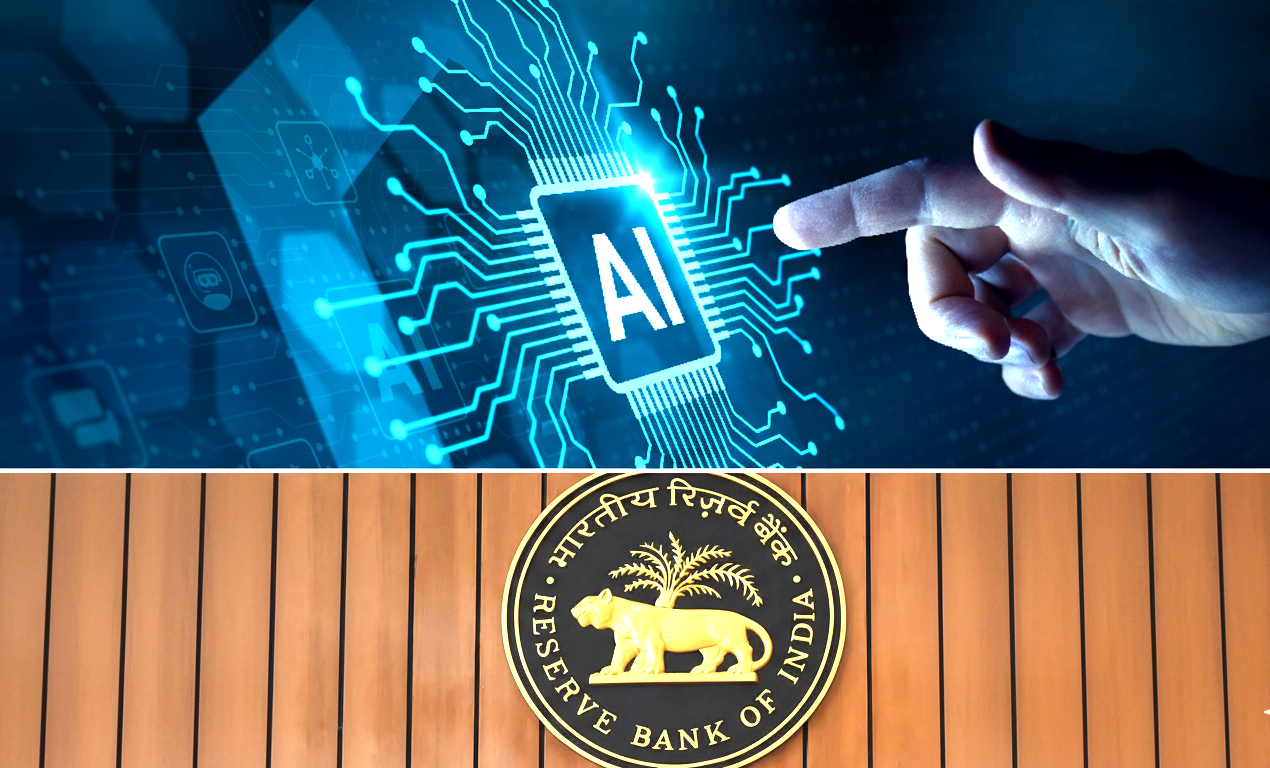The mood at a major fintech gathering turned serious when a Deputy Governor of the central bank called out the risk of unchecked AI. The message landed clearly. Innovation is welcome, but stability is sacred. The institution sees real upside in AI for inclusion and efficiency. It also sees how brittle systems can become if opaque models drive decisions without guardrails and if fraudsters get better tools faster than defenders do. Consider this your design brief for the next year.
Start with the word trust. Money moves because people believe payments will clear and balances will be true tomorrow morning. Even small AI related errors can fracture that belief. A mislabeled transaction here, a shadowy credit score there, a glitchy support bot during a system outage, and suddenly calls flood, timelines rage and regulators lean in. The remedy is boring and vital. Human oversight in high risk decisions. Clear audit logs for every model call. A switch that lets you roll back to deterministic rules when an anomaly spikes.
The regulator is not speaking from the sidelines. It has deployed its own tools against fraud and has pushed the ecosystem to adopt safety by design. That phrase is not marketing. It means building models with policy in mind from day one. If you are shipping credit risk models, you need to control for bias and explain decisions in human language. If you are deploying conversational agents, you need to prove that they cannot reveal sensitive account data or execute actions without strong authentication. If you are experimenting with generative reports, you need to watermark and log outputs to avoid fabricated facts slipping into official statements.
So what does a compliant AI program look like. It has model cards that describe training data, capabilities and limitations. It has evaluation suites for accuracy, fairness and robustness that run before release and on a schedule after release. It has prompt libraries that are tested for prompt injection and jailbreak attempts. It has red team exercises that simulate hostile behavior. It has escalation guides that tell human operators what to do when the agent says I am not sure. And it has a governance board that includes product, risk, legal and engineering with the power to stop a rollout.
Payments fraud is the other hot zone. Attackers use AI to write better lures, to auto generate deepfake voices for vishing, and to probe customer support bots for bad prompts. Defenders must match with anomaly detection that operates on real time streams, device fingerprinting that is hard to spoof, and shared intelligence across banks and networks. The regulator has encouraged industry level platforms that spot mule accounts and bot swarms before they hurt too many people. If you build on those rails and contribute data back, everyone gets safer without reinventing the wheel.
Will this slow innovation. Only if your process confuses speed with haste. The fastest teams bake tests into pipelines and automate the boring parts of compliance. Spin up a pre prod environment with masked data. Run evals every time a prompt or parameter changes. Gate releases behind a dashboard where risk can sign off with one click. Teach your agents to refuse sensitive requests and to route to humans when the user asks for something they should not get. The right guardrails increase shipping confidence, not reduce it.
There is also a talent angle. Data scientists know models. Risk teams know consequences. Product managers translate between the two. The best fintechs will build cross functional pods with shared incentives. A model that is accurate in a notebook is not necessarily a model that is safe in a call center at 8 pm during a panic. Pods learn that lesson together, and the institution sleeps better at night.
Compliance does not have to read like a scold. Think of it as a UX problem. Can you show users what an agent can and cannot do. Can you make it easy to correct a bad answer. Can you explain a credit decision in under a minute without jargon. Can your system detect when a script is attacking a prompt and quietly refuse. Every yes is a point of trust. Every no is a future incident.
The takeaway is simple. AI is not a toy in finance. It is a power tool. Use it with a plan, keep your hands clear of the blade and wear safety glasses. The central bank just told you that it will check your workshop. Smart builders will invite them in and show them how the guardrails click into place.
Follow Tech Moves on Instagram and Facebook for financial AI checklists, evaluation templates and red team scripts you can put to work this quarter.














